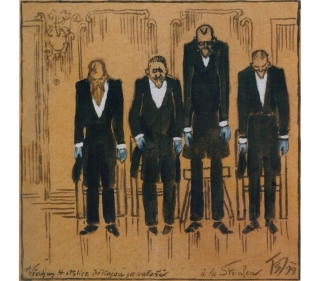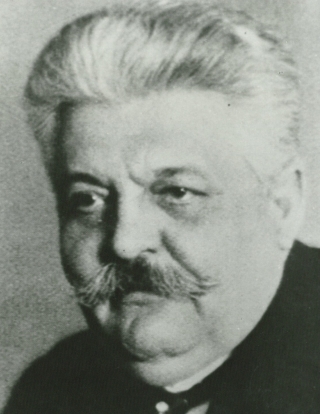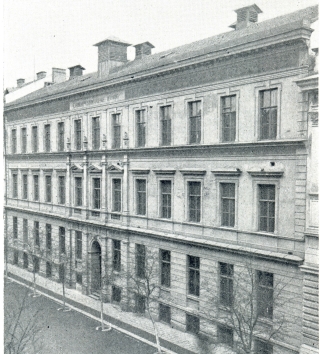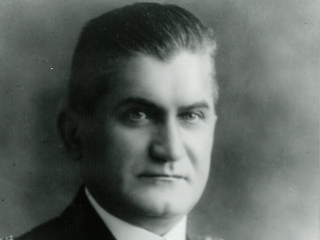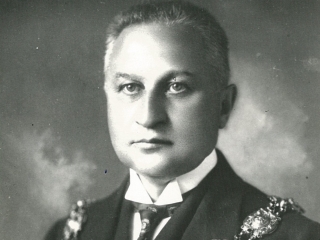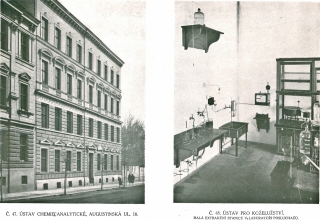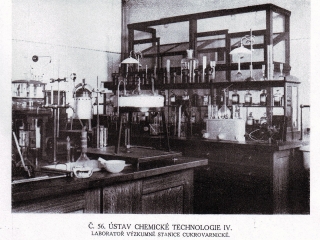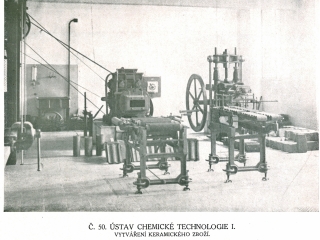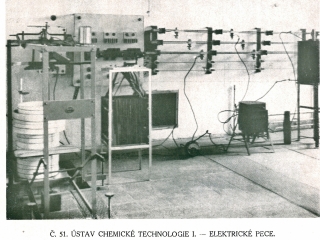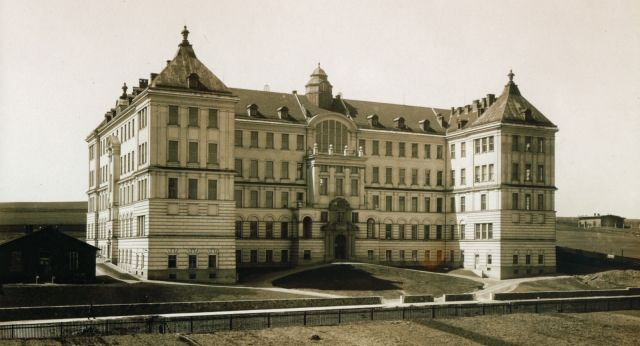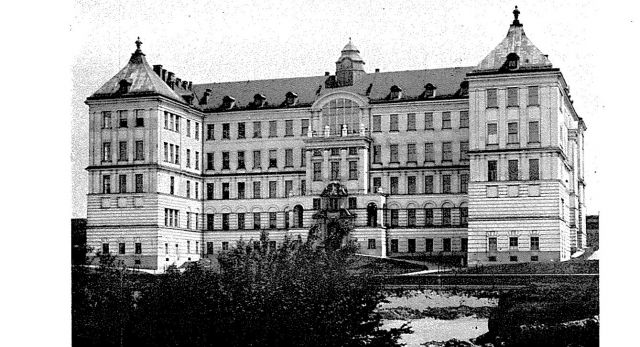History of our Faculty
The beginnings of the Department of Chemistry at the Czech Technical University in Brno
In September 1899, Czech Moravian political groups and Czech politicians in the Viennese government established the C. C. Czech Technical College in Brno. Particularly instrumental in this were the professors of the Charles-Ferdinand University in Prague; the historian Antonín Rezek, then section chief or deputy to the Minister of Cult and Education; and the lawyer Josef Kaizl, Minister of Finance for the Austrian part of the Austro-Hungarian Empire.
Originally, the Czech Technical College consisted of mechanical engineering and construction departments, which were located on the premises of Czech secondary schools in the city centre: one in the Vesna Association’s girls’ school on today’s Jaselská (formerly Augustinská) Street, and the other in the building of the Czech Industrial School at today’s 7 Gorkého (formerly Falkensteiner) Street.
The professorial staff then bought a plot of land on Veveří Street, where they built the school grounds. The complex of three buildings was designed in the neo-Baroque style by professors Josef Bertl, an architect, and Michal Ursíny, a civil engineer. It was opened on 25 June 1911. The Ministry of Education expanded the project by adding a chemistry building and other structures.
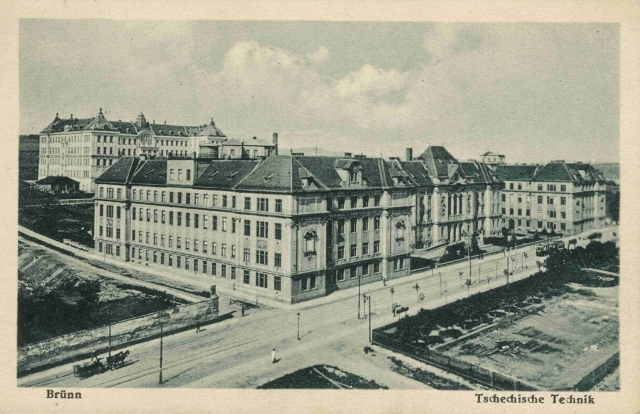
The application for the establishment of a chemistry department was received by the Ministry of Education in April 1907. The application was not processed until April 1911, when the ministry authorised the appointment of a professor of inorganic chemistry. Bohumil Kužma, an extraordinary professor at the Czech part of Prague University, was chosen by the professorial board of the Czech Technical College.
The establishment of the Department of Chemistry was approved by the Ministry of Education on 8 November 1911 for a start in the academic year 1911–1912. The premises on Falkensteiner Street, previously used by the mechanical engineering and building departments, had to be adapted and staffed for this. Under Kuzma’s leadership as the first dean, teaching began on 23 October 1912.
The efforts to quickly build the department are evidenced by the appointment of Jan Novák as extraordinary professor of analytical chemistry (22 November 1912) and Jiří Baborovský as full professor of theoretical and physical chemistry (2 December 1912). However, there was not enough room for both new departments in the building on Falkensteiner Street.
Because of this, Professor Novák placed the Institute of Analytical Chemistry in the basement rooms of the building on Veveří Street, where he began teaching in February 1913. The following year, he managed to obtain money from the Ministry of Finance to rent a house at 18 Augustinská Street. The rear wing of this building was connected to the department's premises on Falkensteiner Street.
In 1913, the building of the department progressed with the appointment of three extraordinary professors: Cyril Krauz for organic chemistry, Otakar Kallauner for the Institute of Chemical Technology I (which included the large-scale production of inorganic pharmaceuticals and the manufacturing of silicates) and Bedřich Macka — the future mayor of Brno — for technical physics.
The study concept was designed by professors Kužma, Baborovský and Novák. In the first and second years, students were mainly taught theoretical subjects, followed by the first state examination. The progress of the department, which enrolled 57 students in the academic year 1913–1914, was disrupted in July 1914 by the outbreak of the First World War.
As did many of their students, Professors Krauz and Novák had to enlist in the army. However, construction of a chemistry building on today's Žižkova Street, beginning in the spring of 1914, became a promise for the future. The spacious building was used from 1920 for teaching technological subjects in the third and fourth years of study.

